All about cascading terry petunias
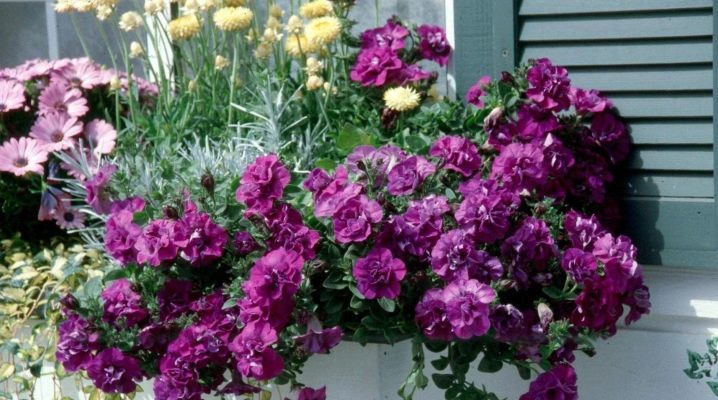
Cascading terry petunias look truly amazing, they are not at all like the usual perennial options that can often be seen in city flower beds. Varietal cascading petunias will surely please true connoisseurs of selective flowers. In this article, we will give a more detailed description of cascading terry plants, get acquainted with some interesting varieties and tips for growing them.
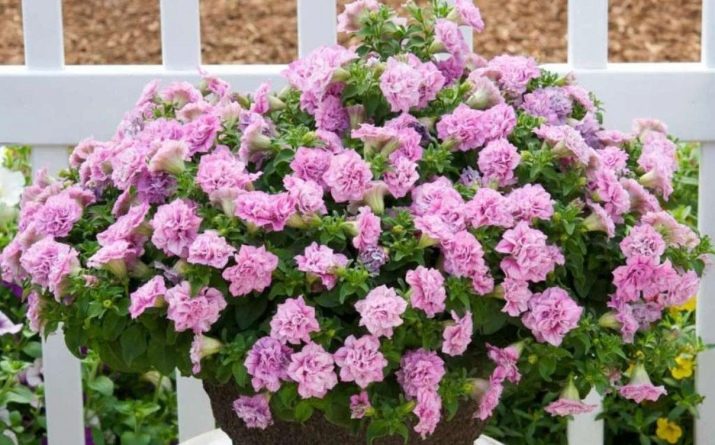

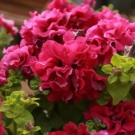
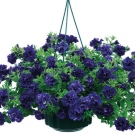
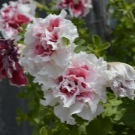

Description
Cascading petunias are a subspecies of ampelous. As a rule, the length of their shoots can reach 1.5 meters, while they do not break even in strong winds. A cascading bush in a pot looks so magnificent due to the axillary shoots, which first stretch up and then simply fall, resulting in such a large green mass, strewn with flowers. Terry petunias are very widely used by gardeners in the creation of landscape design. Despite their beauty, these plants are very unpretentious and can be grown even by beginners.
The flowers of cascading petunias are quite large, they bloom abundantly, mainly from summer to early autumn. A wide selection of terry cascading options can delight even the most fastidious gardeners. As a rule, such petunias are planted in pots, hanging pots, braids, spheres, and even on ordinary flower beds. Cascading terry petunias are ideal for decorating various terraces, home balconies and loggias.

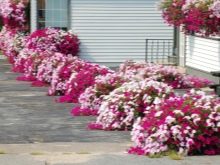

Growing recommendations
Terry cascading petunias are most commonly grown from seed and thrive on nutritious soils. Very unpretentious in care. They are annual plants.
Petunia seeds are quite small, so they should not be planted deeply.
It is very important to prepare the substrate before planting, which can be purchased at any gardening store. Then it should be moistened and only then sow the seeds. After that, they must be covered with glass or film for the fastest possible growth.
Before germinating seeds, they should be regularly moistened and ventilated.when opening the glass, it is also important to observe the temperature regime, which should be about +23 degrees. The first shoots, with proper care, appear in 8-14 days. The sprouts no longer need glass; before the main transplant into the ground, they must be placed in a bright place and do not forget to water.
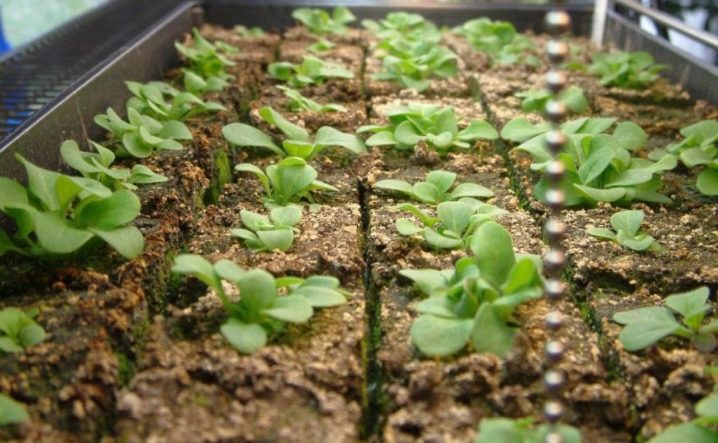
Petunias are sown in different ways. Some in February, and some in March. Planting of finished seedlings of terry petunias is carried out in mid-May - early June. Depending on the variety, seed germination may vary.
As for the double options, their germination is rather low, especially in breeding species. This moment needs to be thought out in advance by purchasing seeds "in reserve".
It is important to feed the flowers regularly. This will allow them to bloom faster and longer. Pinching can stimulate branching. As for watering already in the ground, then it should not be too frequent, rather moderate. For regular flowering, faded buds should be removed so that flowering will be plentiful throughout the season.
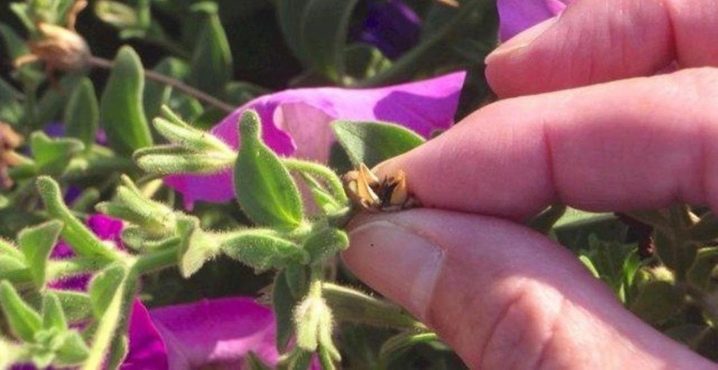
As alternative cultivation options, petunias are very often grown in peat tablets and special cassettes.

You will learn more about the rules for sowing terry petunias by watching the following video.
Selection of varieties
On the domestic market for horticultural products, you can purchase a wide variety of varieties of terry petunias in seeds. Next, we will consider the most interesting options.
- "Double Cascade Blue". This large-flowered, purple-blue cascading petunia has wavy petals. In appearance it is very similar to a carnation.

- "Double cascade mix". This variety of terry petunias will appeal to those who love gentle and relaxed shades of pink, cherry and purple.
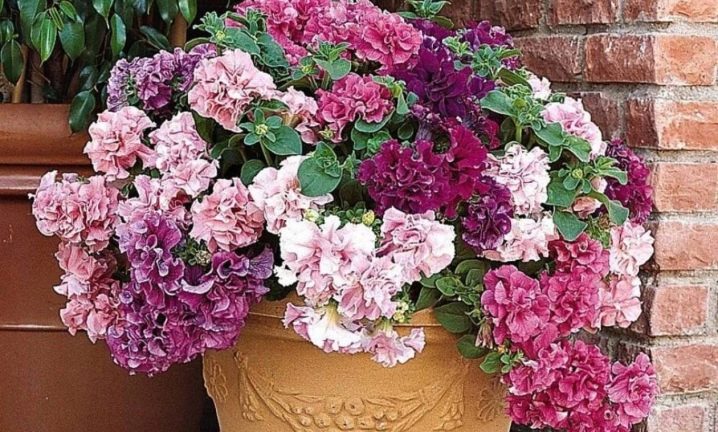
- "Double cascade burgundy". This variety is a hybrid of a perennial petunia with very large inflorescences. Has a luxurious ruby hue.
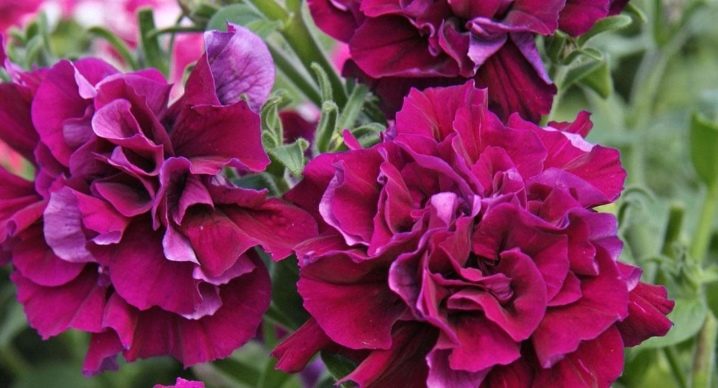
- "Double cascade of orchid mist". These double soft pink petunias will be a godsend for lovers of airy flowers. They look great in hanging wicker pots during the summer season.

- "Double cascade pink soft". It is a large-flowered pale pink petunia that blooms very profusely from the very beginning of summer to September.
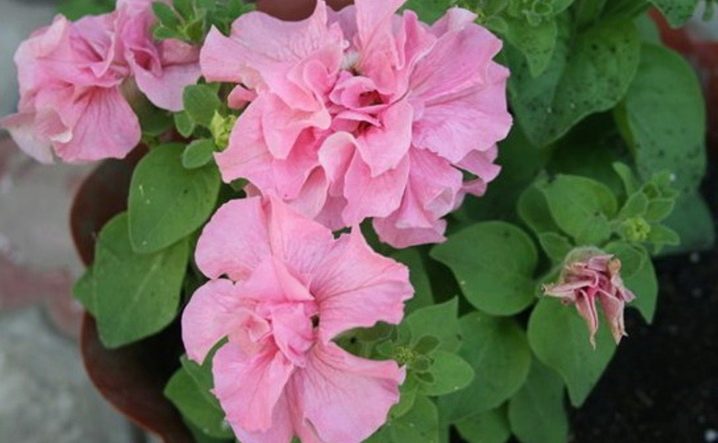
- "Blue waterfall"... This petunia has very large, bright blue flowers, shaped like a carnation. Flowers have a pronounced dense and velvety texture. This variety is ideal for planting in pots or flower beds.
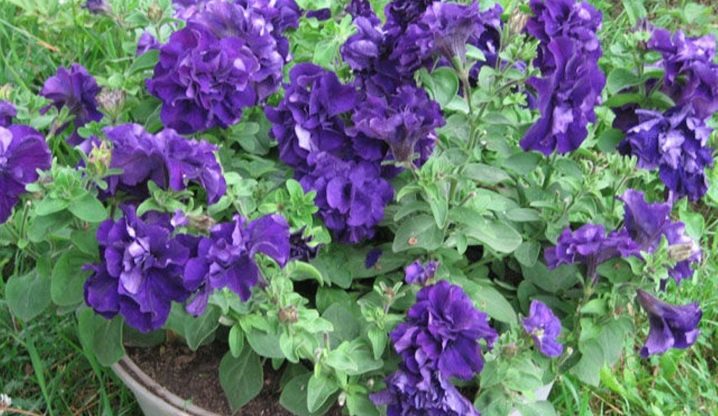
- "Pirouette Picoti". This large-flowered two-color terry petunia is a hybrid of the Pirouette variety, its flowers reach 11-13 cm.
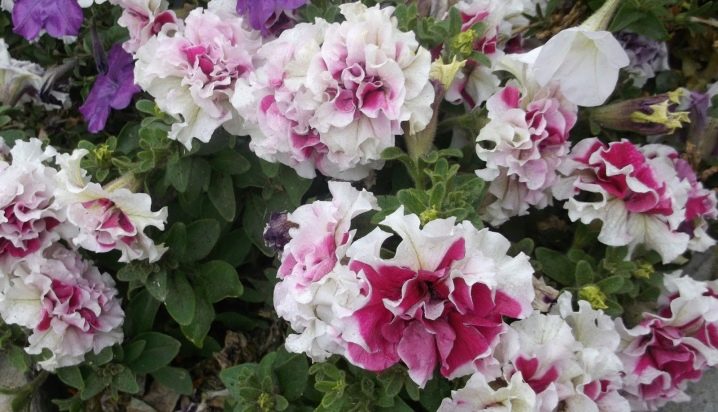
- "Summer heat". This variety is a real masterpiece among terry petunias. It is a cascade of a combination of pale pink and white inflorescences.
Almost all double flowers are very resistant to different temperature changes and sudden changes in weather conditions. They are not afraid of wind and rain, because even after them the flowers take their former shape.
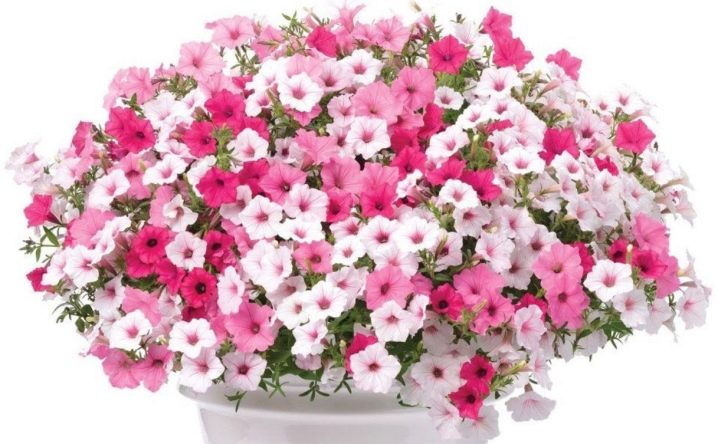
Potential diseases and pests
Like any other plant, petunias are not immune to disease and insect attacks. With excessive humidity, the plant can get sick with a black leg, that is, its roots, and the stems will rot, as a result - the plant will die.
As a rule, petunias are not cured of this disease, but thrown away, and the places where they grew are treated with a solution of manganese.
With a lack of iron, the plant can develop chlorosis. This is mainly due to over-watering and alkalization of the soil. In this situation, you should purchase a special preparation for plants, which contains iron. This way the flowers can be saved.
But if a whitefly or a spider mite attacked terry petunias, then it is best to get rid of them with the help of ready-made insecticides.
It is very important when working with them to observe safety measures, including overalls, gloves and a mask.
In general, petunias rarely get sick. Most often, insects attack them, migrating from neighboring plants.
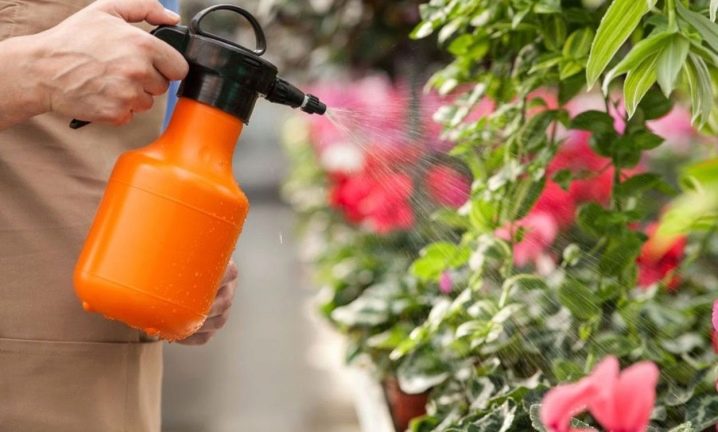







































































































The comment was sent successfully.